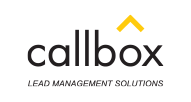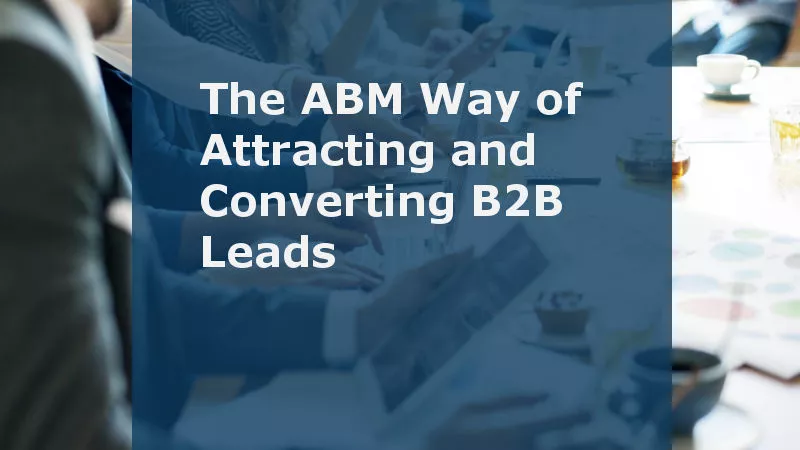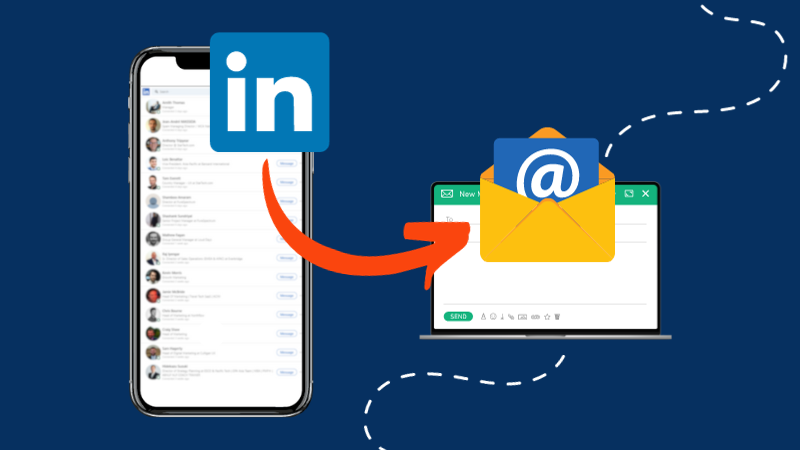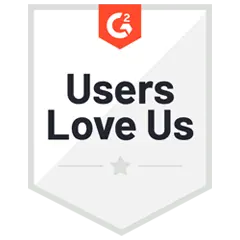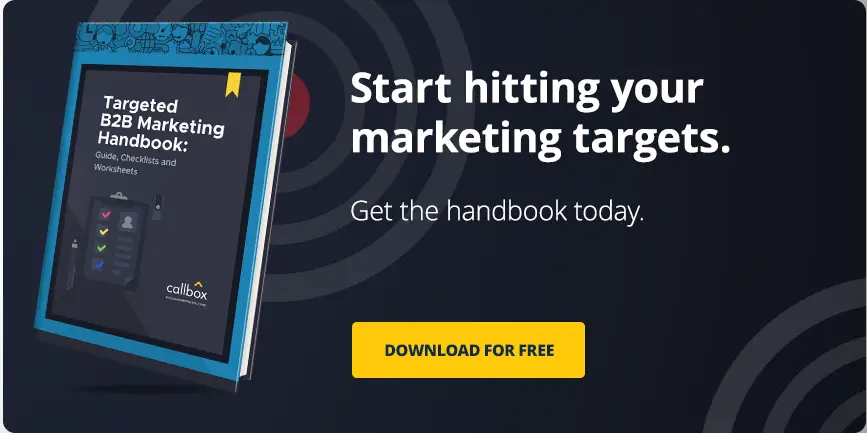Lead generation is what keeps sales alive, but sometimes we hit a point in the business cycle where we need something new to stimulate new leads. What happens when we’ve hit one of those inevitable dry spells in our sales process?
In this article, we will be discussing 4 key tips for attracting and converting new business leads using an ABM approach.
Making Information Easier – MAP IT OUT!
The casual observer who first encounters your product will want concise information that is digestible in order to spark interest, but then what happens next?
If they are attracted to what you have to offer then they will start to do some digging – usually on your website – and if the information isn’t readily available it can be a precursor to abandoning interest.
Think about it this way, how many times have you gotten frustrated with bad navigation on a website, different information on different pages, and answers that can’t be solved?
Having a general features page that explains everything with its own subpages detailing individual features. Have a page that details technical information. Your pricing page has to be clear and concise to trigger a decision to buy.
There are also different stages in the buying process. You have to be able to map out the different stages in and provide relevant information for each stage. It has to start out with the basics and move to more convincing factors for your prospects.
This also means you cannot overload them with information right in the beginning. Build your website and your information outlets with the user in mind, this will it make easier for both parties.
Remember the Group Buying Decision Factor
If making a singular person move on a purchase decision is already difficult then think about the dynamics of the group buying decision factor. Most of the time it is not just one person who makes a majority of the decisions in a company – especially in business-to-business transactions.
The decision-making unit (DMU) should be appeased and it’s not just one person. Your services should be able to appeal to each member of the DMU. Here’s an example, suppose you are marketing SaaS and you know your materials are already appealing to the people who’ll use it on a daily basis, is there enough convincing information to get the vote of their tech team?
Omnichannel and Consistency
It is likely that you have multiple channels of client and lead acquisition, and this is a great thing to have in any business. However, it is important that you are consistent with the way you deal with your prospects on every channel that you have.
If you’re responsive to your clients and prospects on one platform, it is important that you also employ the same level of customer of service in any platform that you are invested in. This means you cannot just invest resources into answering every email within the hour but are unable to answer questions on your site’s messenger platform in the same amount of time.
The reason consistency is important is that it shows to your prospects that you are a company that they can rely on whatever platform it may be. Reliability breeds trust, trust breeds relationships, and in this industry relationships are your key to growth.
Aim for the omnichannel experience as much as possible, aim to be able to replicate what you have on one platform and seamlessly integrate that experience on to the next one that your customer is in.
Touchpoints: In Context
Where your customer or prospect communicates to you in where you’ve got to respond to… in the same context. Let’s put this into perspective, people who write support emails usually have the time to message you about their entire issue with your service. However, those who try to engage with your support team through messenger are looking for quick answers to their questions.
Providing a consistent experience doesn’t mean ditching the norms on the different touchpoints that your prospect has with you.
You also have to predict, learn and adapt to the way they interact with the other touchpoints that you have set up for them. Let’s say you have a landing page on your website that has way too many fields for them to fill up and they feel interrogated, this messes up with your conversion rate optimization (CRO) meaning your lead magnet won’t be working well.
Lead generation techniques are very dynamic in nature and sometimes with just a little creativity, you can bring new leads into the pipelines, ready to be nurtured for those important conversions that we have.
Remember, lead generation is not just purely a science, but there’s a specific art form to getting attracting and engaging your marketplace.
